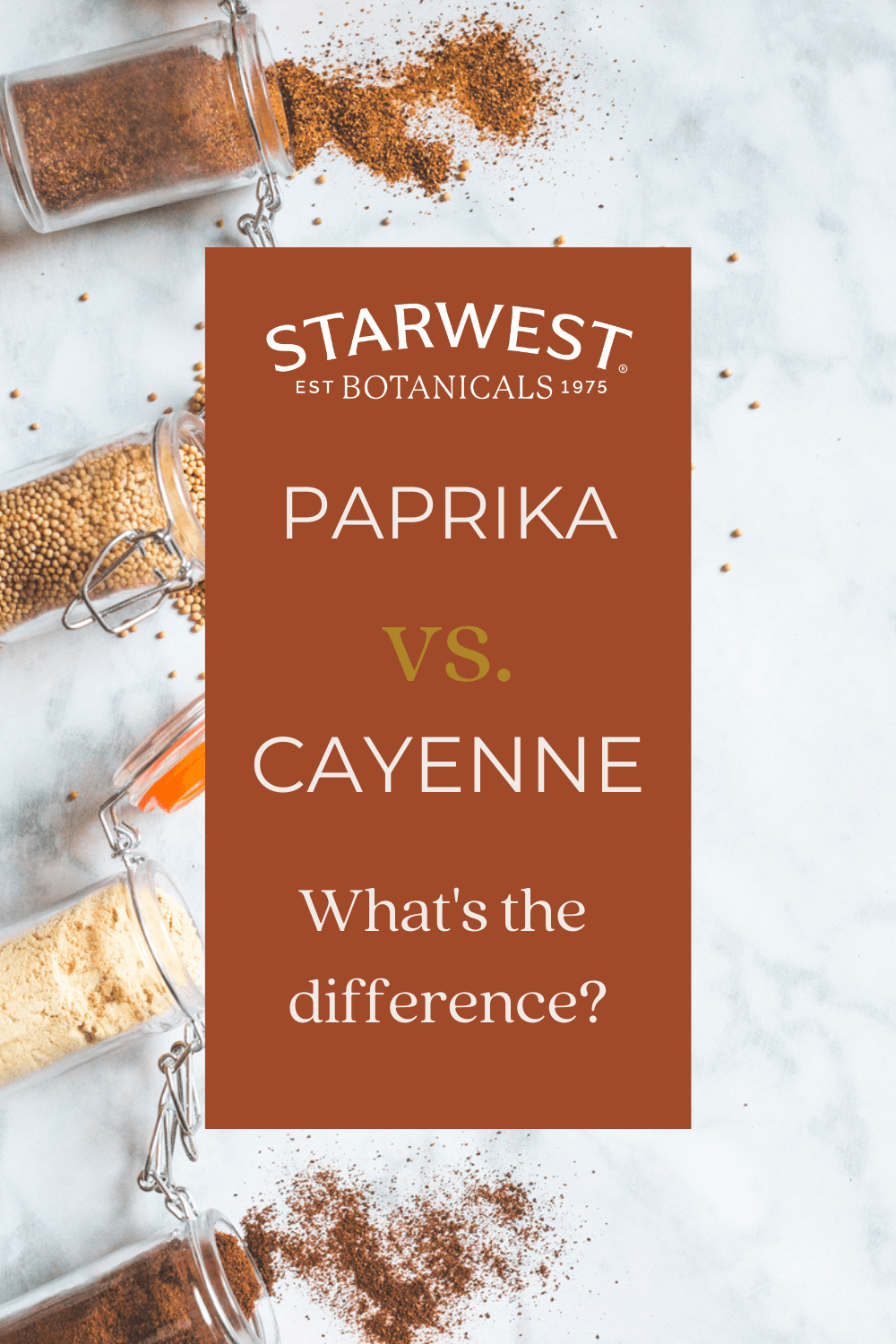- No. 268 Xianghe Street, Economic Development Zone of Xingtai city, Hebei 054001 China
- Byron@hbhongri.cn
High-Quality Dried Red Chili Pepper Flakes Manufacturer for Spicy Culinary Delights and Gourmet Cooking
The Art and Process of Manufacturing Dried Red Chili Pepper Flakes
In the realm of culinary delights, few ingredients can rival the robust flavor and vibrant color of dried red chili pepper flakes. These tiny flakes pack a punch of heat and are an essential component in many kitchens around the world. The production process of these spicy garnishes is as fascinating as their culinary applications.
Harvesting the Chili Peppers
The journey of dried red chili pepper flakes begins in the sun-soaked fields where chili peppers are cultivated. Farmers carefully select the best varieties of chili peppers, often opting for those that balance flavor and heat. After planting, the peppers are closely monitored throughout their growth cycle, which can take several months. The ideal time for harvesting is crucial; the peppers must be plucked at the peak of ripeness, ensuring they carry the maximum flavor and color.
Drying Process
Once harvested, the peppers undergo a meticulous drying process. There are several methods for drying chili peppers, including sun-drying, air drying, and using specialized dehydrators or ovens. Sun-drying is a traditional method that imparts a unique flavor profile, while modern techniques can expedite the process and enhance uniformity. Regardless of the method, the goal is to remove moisture, as excess water can lead to spoilage and loss of flavor.
In a factory setting, peppers are typically spread out on large trays and placed in mechanical dryers that control temperature and humidity. This method not only ensures faster drying but also reduces the risk of contamination. The dried peppers then undergo a quality check to ensure they meet industry standards for color, size, and texture.
Grinding and Flaking
dried red chili pepper flakes factory

Once dried, the whole chili peppers are ready to be processed into flakes. This is where the magic happens. The dried peppers are ground into smaller pieces, but the method and equipment used can significantly affect the final product. Some factories use high-pressure grinding systems to achieve a fine, consistent texture, while others may opt for a coarser grind to produce more rustic flakes.
After grinding, the chili flakes are often sifted to separate any larger pieces, ensuring a uniform size. The texture of the flakes can vary based on the intended use; for example, finer flakes may be suitable for sauces, while coarser flakes could be preferred for pizza toppings.
Packaging and Distribution
Once the chili pepper flakes are prepared, they are packaged for distribution. Ensuring freshness is paramount; hence, many manufacturers use air-tight and UV-protected containers to prevent oxidation and moisture absorption. Packaging also plays a vital role in branding and marketing, with many companies utilizing colorful designs to attract consumers' attention.
The chili pepper flakes are then shipped to retailers, restaurants, and consumers across the globe. The cultural versatility of chili flakes—ranging from spicy Italian pizzas to piquant Asian stir-fries—ensures a steady demand for this product.
Conclusion
The journey of dried red chili pepper flakes from farm to factory to kitchen illustrates the intricate processes behind a seemingly simple ingredient. Each step, from careful harvesting to meticulous processing and packaging, ensures that these fiery flakes retain their flavor and appeal. As consumers continue to seek bold flavors in their culinary endeavors, the popularity of dried red chili pepper flakes is likely to endure, making it a staple in kitchens everywhere. The factory that produces them not only contributes to our culinary experiences but also celebrates the rich, diverse heritage of chili peppers around the world.
-
Turmeric Rhizome Powder: A Golden Treasure from Roots to TableNewsJul.28,2025
-
The Versatile Application Of Crushed Red Hot Peppers: Lighting Up The Red Flames On The Dining TableNewsJul.28,2025
-
The Paprika: A Touch Of Vibrant Red In Color, Flavor, And CultureNewsJul.28,2025
-
Ground Turmeric: A Modern Examination of an Ancient SpiceNewsJul.28,2025
-
Capsicum Liquid Extract: Features, Applications, and ChallengesNewsJul.28,2025
-
Application of Capsicum Liquid Extract in FoodNewsJul.28,2025







